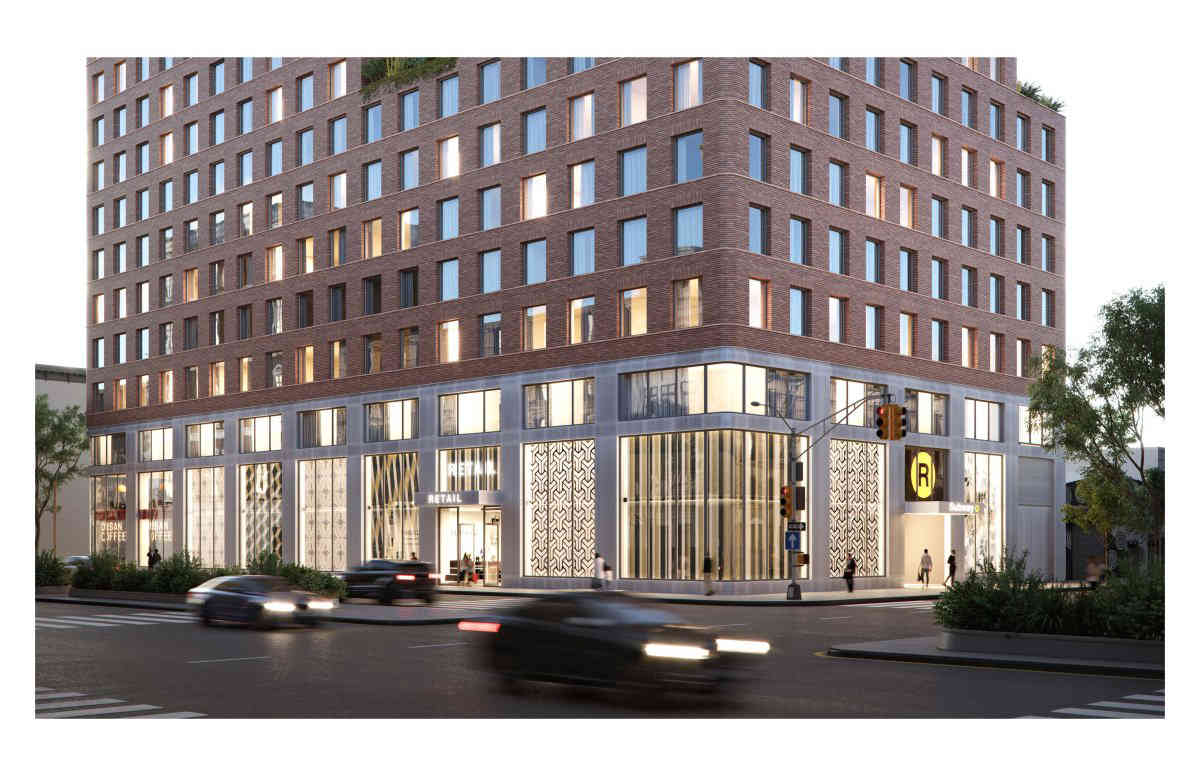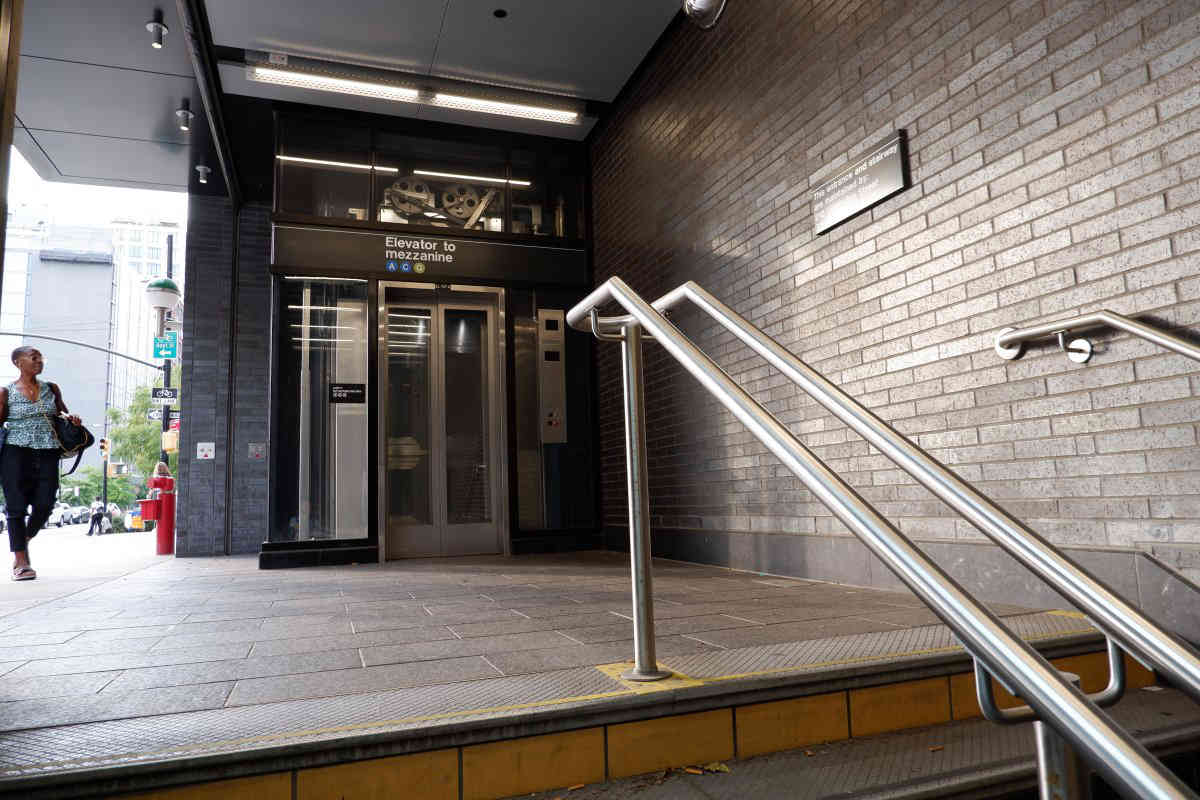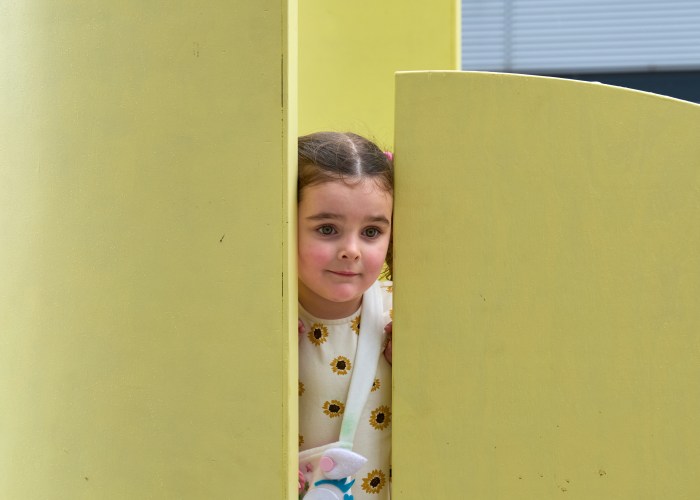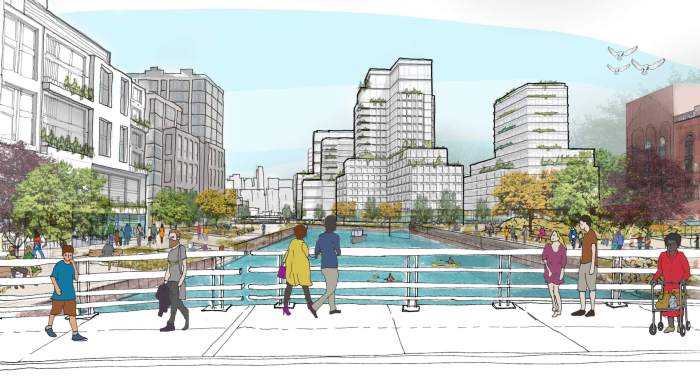State transit and city planning gurus want to expand incentives for private developers to fund accessibility improvements for Metropolitan Transportation Authority subway and railroad stations around the Five Boroughs.
The inter-agency partnership dubbed “Elevate Transit: Zoning for Accessibility” will boost the MTA’s effort to make all of its 472 stations more accessible, according to the agency’s head of construction.
“Zoning for Accessibility builds on the MTA’s historic $5.2 billion commitments to accessibility projects by partnering with private developers to help make stations [Americans with Disabilities Act] accessible — and to deliver them faster and cheaper than ever before,” said the Authority’s president of construction and development, Janno Lieber April 2.
The proposal, in partnership with the Department of City Planning and the Mayor’s Office for People with Disabilities, seeks to allow developers near subway, Staten Island Railway, and commuter rail stops within the city to build up to 20 percent bigger — so long as they agree to include upgrades like a new set of stairs or elevators from their property to the stations.
Currently 131 out of 472 stations are ADA-accessible citywide, or less than 28 percent, according to MTA’s most recent figures. Just 29 of those stations are in Brooklyn out of 170 total stops in the borough, or 17 percent.
The agency has earmarked $5.2 billion to make 70 stations accessible by 2024, 21 in Brooklyn, as part of its current capital plan.
The zoning bonus already exists in some neighborhoods, mostly in Midtown and Lower Manhattan, along with Downtown Brooklyn. MTA officials want to expand it to other areas such as Jamaica and Long Island City in Queens, and the southwest Bronx, which they hope will speed up their goal of making all of their stations more accessible.
Developers whose sites abut a station already had that option, but now builders within 500 feet, or within 1,500 feet in central business zones, can avail of the bonus, according to DCP chairwoman Marisa Lago.
Those buildings adjacent to a site have to consult with MTA in case the agency needs to have permanent access to a piece of their property for future use, known as an easement. If they do, the real estate company could get leeway on their zoning requirements, such as being allowed to build bigger or have a smaller parking requirement.
A similar idea was also floated by DCP officials in December as part of the Gowanus rezoning proposal as a way to upgrade the narrow R train stations along a stretch of Fourth Avenue.

Transit honchos unveiled the scheme outside the Hoyt-Schermerhorn A/C and G station in Downtown Brooklyn Friday.
In 2018, developer Rose Associates constructed a slick new stairway and elevator at the base of a luxury apartment tower that leads from the street to the mezzanine level, but still requires riders to descend another flight of stairs to access the platform. MTA plans to finish the job by adding a second elevator down to the platform as part of the current capital plan.

Similarly, developer Avalon Bay built a swanky entrance to the Jay Street-MetroTech station’s R train platform at the corner of Bridge and Willoughby streets with a grand entrance and elevator — which also only leads to the mezzanine.
Even if some of the developer-funded entrances don’t end up making a station fully ADA accessible, the public-private partnerships will get the MTA part of the way there while saving taxpayer dollars, argued Lieber.
“Every elevator we can get in this system is … one less elevator we have to build with the public’s money,” he said.
When asked whether this approach could be used for the beleaguered York Street F train station in Dumbo, where locals say a current city air rights sale for the 69 Adams St. mixed use tower should help improve the bottleneck stop, Lieber demurred.
“I know there’s a discussion going on between city officials and the City Council about the York Street station with some of the adjacent developers, it’s probably premature to say,” he said.
The transit zoning proposal still needs approval by the City Council and will start public review before the City Planning Commission at a virtual meeting Monday, April 5. It will also come before the city’s community boards and borough president for advisory input.





















